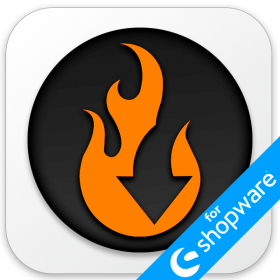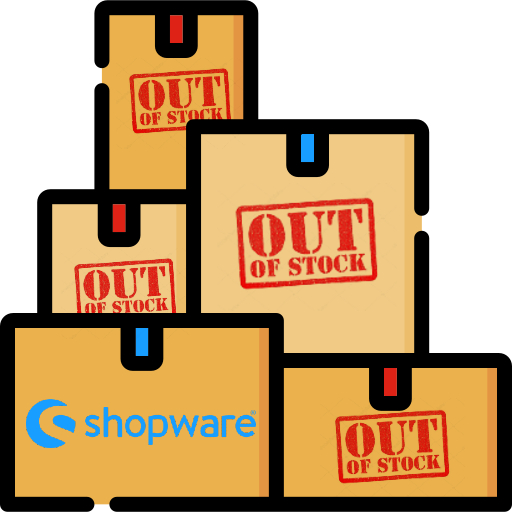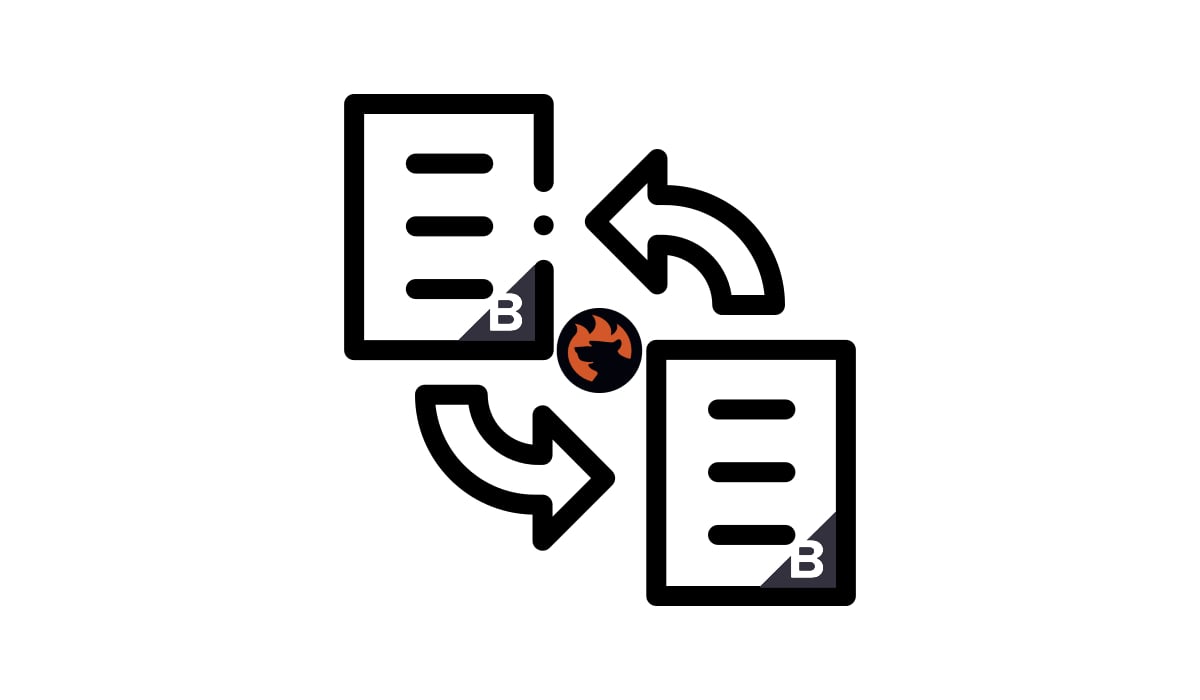Advanced Shopify Export: How to Set up FTP for Shopify
![]()
In our previous discussion, we covered the process of importing files into Shopify via FTP. Today, we shift our focus to the reverse operation – exporting essential data, including Shopify customers, products, and orders, to a remote server using FTP. By default, Shopify offers an export procedure that results in a downloadable CSV file from your e-commerce storefront. However, for those who frequently provide partners with data updates, this manual process can be time-consuming. The solution to this challenge lies in embracing Shopify FTP export capabilities.
To enable this functionality, you will need to harness the power of the . In the upcoming tutorial, we will guide you through the steps to efficiently export files from your Shopify store via FTP. This approach offers a more streamlined and time-saving way to exchange crucial data with your partners or external systems.
For additional insights and tips to enhance your Shopify experience, be sure to explore our Shopify Cookbook. It’s a valuable resource for optimizing your e-commerce operations. Continue Reading




